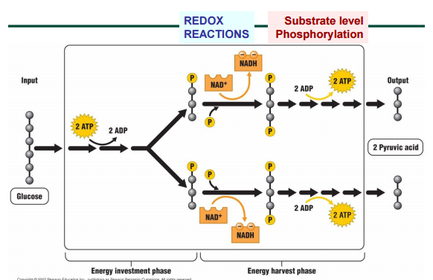Flashcards on BISC 100 - Lecture 16, 17, & 18 - cellular Respiration , created by Chelsi Souch on 10/08/2016.
Pinned to
565
0
0
No tags specified

|
Created by Chelsi Souch
over 8 years ago
|
|
Close



